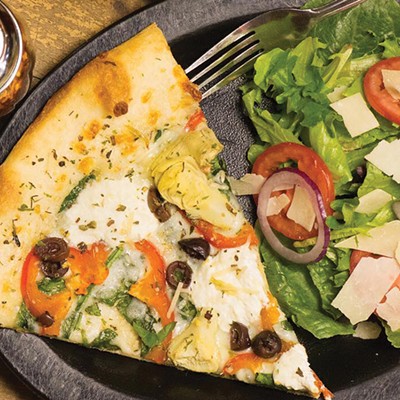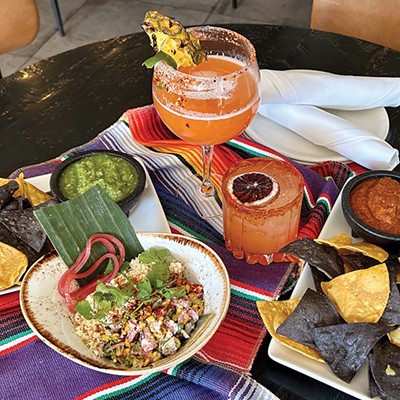Here's the beefI love steak. All kinds of steak. But steaks vary tremendously in flavor, texture and tenderness. The steak I might recommend may not be the best one for someone else's taste. For just that reason, I put together a "steak personality primer" to identify some of the differences between the different cuts and the people who like them.
For the purposes of this article, the term steak will refer to a choice cut of beef. While steaks are cut from many different kinds of animals, this is the most common. The best steaks come from the short loin, sirloin and rib sections of a cow, where muscle movement is minimal and fat content is high.
My favorite steak is the rib eye. Cut from the rib section, this is the juiciest of steaks. Also known as Spencer or Delmonico steak, this cut is a great piece of meat to throw in a blackening pan, since its marbling turns to juice when it touches the sizzling hot iron. If you're in the rib-eye camp, you (like me) think flavor is everything. You probably tend to shy away from frou-frou presentations and towards simple, rich foods.
Though not technically a steak cut, the prime rib - or rib steak - is known for its even marbling and creamy layer of fat. My brother loves prime rib because, as he says, it's soft and succulent. If you're into flannel pajamas, fleece lined sweatshirts and snugly babies, you're probably also a fan of prime rib.
Several popular restaurant cuts fall into the filet or tenderloin category. Cut from the tenderloin - which runs through both the short loin and the sirloin - this is the tenderest portion of the animal. The prized filet mignon, or "little filet," is specifically a thick cut from the narrow end of the tenderloin. The porterhouse, of humongous proportions, is from the short loin. Its T-shaped bone separates the top loin and the tenderloin. More commonly seen on restaurant menus is the T-Bone, a demurely sized porterhouse on account of its smaller tenderloin.
My brother and I both fondly recall eating many different filet cuts while living in Latin America as kids and my parents are fans of the tenderloin cuts to this day. I think they like them best because they are tender and not quite as fatty as the rib section cuts. If you came of age in the '60s, like to get the most for your money and have a comfortable income, chances are you're ordering the filet mignon every time.
Another popular steakhouse steak that comes from the short loin section of beef is the New York steak - my fiancée's cut of choice. Also called a shell steak, the sirloin club steak and strip steak - is arguably the steak that best combines flavor and tenderness. The New York is cut from the part of the short loin that remains once the tenderloin is removed. "You get to eat all that you see," he says, adding that he abhors fat. If you are fat or calorie-conscious, well rounded and terrifically good looking, you probably like the New York steak too.
There are of course many other steaks that we seldom order in restaurants, but that we like to cook at home because they are less expensive. The names of the steaks will tip you off as to which section of the beef they come from. The under section of the cow is butchered into five parts - the fore shank, the brisket, short plate, flank, and tip. All of the common cuts from this part of the animal, including short ribs, flank steak and tri tip, are less tender and flavorful than those from the rib and short loin sections, but when artfully prepared, are quite delicious.
If your favorite steak is a tri tip or flank steak, you were probably given hot dogs at barbeques while your parents consumed rib-eyes, learned how to cook when you were a student and have a passion for inventing marinades. I recommend a 10-step treatment. Eat ten good-quality steaks over the next year that are cut from the rib and short loin section and cooked fast over very high heat to a perfect medium-rare. You might just change your mind.




















